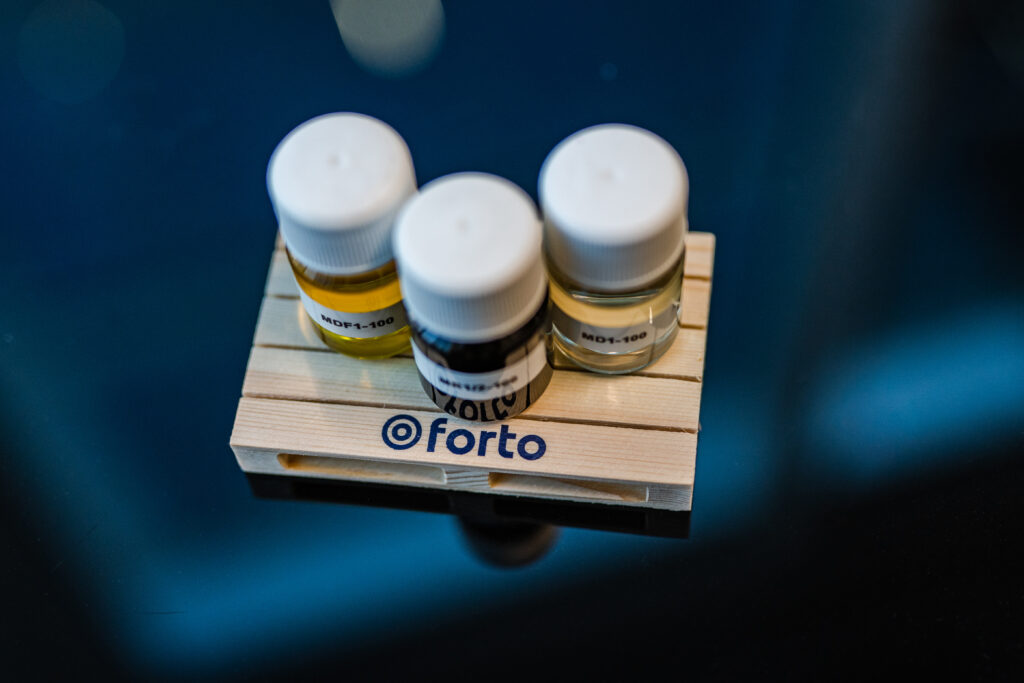The container shipping’s success story started in 1956, already. Today, thanks to globally standardized ISO containers and the possibility of LCL transports, more diversified products at greater number can be shipped over sea routes at lower cost.
The success story of international shipping simultaneously is a success story of a globally standardized size of containers. In fact, the first 58 standardized ISO containers had already been shipped on sea routes in 1956, from Newark (New Jersey) to Houston (Texas). However, back then, ISO containers had American measurements and were too wide for European roads. Only after the containers were adapted to European norms, the shipping of ISO containers really turned into a global success.
ISO containers also have disadvantages
Nevertheless, ISO containers do not only have advantages. Not all clients of international freight forwarders can fill entire containers, wherefore air freight established as an alternative for those, who could not handle the size of the so called FCL (full container load) shipments. Nevertheless, LCL shipments offer freight forwarders a solution: An increasing number of international freight forwarders offer an alternative to FCL containers by using LCL (less than full container load), bundling shipments of several clients.
LCL containers facilitate shipments of smaller products and transportation volumes
Because of the LCL shipment option, container shipping generally became more flexible, enabling new industries with different clients to take advantage of it. Not only were more goods transported on sea routes by freight forwarders, but a greater variety of goods, too. Whether fruits or vegetables, clothing or cosmetics, coffee or cocoa: By now, around 90 percent of all the Western worlds’ consumer goods have already traveled the globe in a standardized ISO Container. The relative significance of LCL transportation of the entire general cargo is, is unknown. Even though, sea trade has remained more or less stable for several years, international freight forwarders have continuously expanded in LCL.
The most frequently shipped LCL goods come from the automotive and the manufacturing industry
Nevertheless, the demand for sea freight is not equal in every industry: Sensitive IT components, for example, are more frequently shipped via air cargo by freight forwarders. A significant fraction of the goods shipped via LCL transport on sea routes comes from the fashion and consumer industry. However, another area seeds an even higher demand for LCL transport: The automotive and manufacturing industry. Also because freight forwarders frequently take care of components’ shipment to the place of production, these industries share the highest rank in LCL shipping and transportation.
Not all shipped products sent over sea routes are appearing in statistics
Every year, around 18 million containers are shipped globally on sea routes by freight forwarders, an increasing number of which as LCL shipments. In view of this number, it has become impossible for customs authorities to regularly check the ISO container loads in general, and the LCL containers in specific, which are more complex. Therefore, ISO containers, specifically under LCL transport are frequently used for shipments that are not supposed to appear in any statistics – especially the transport of weapons and drugs.








